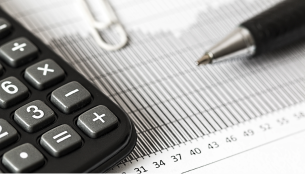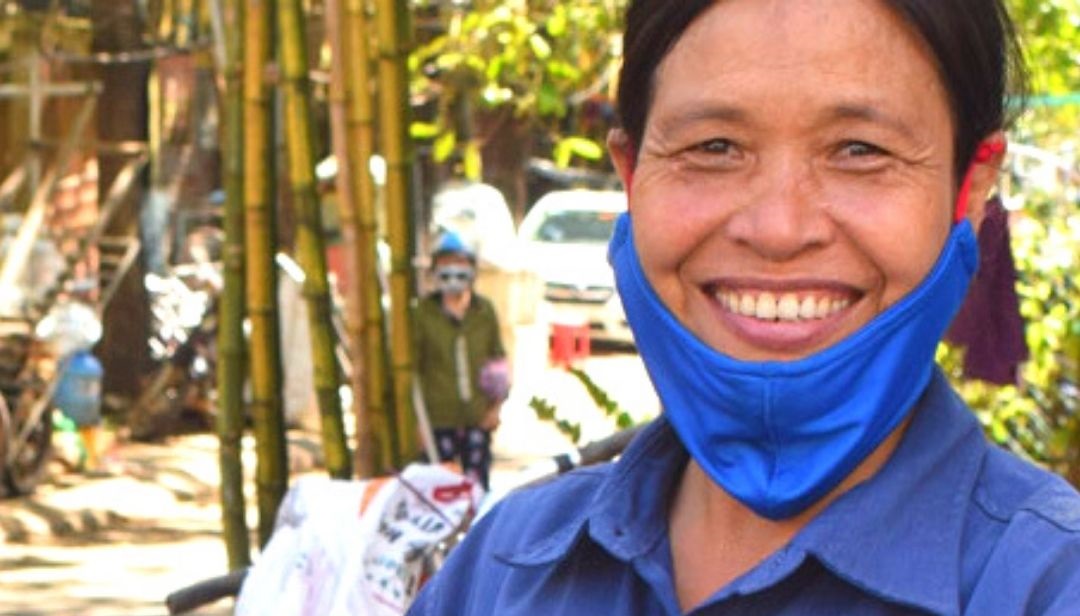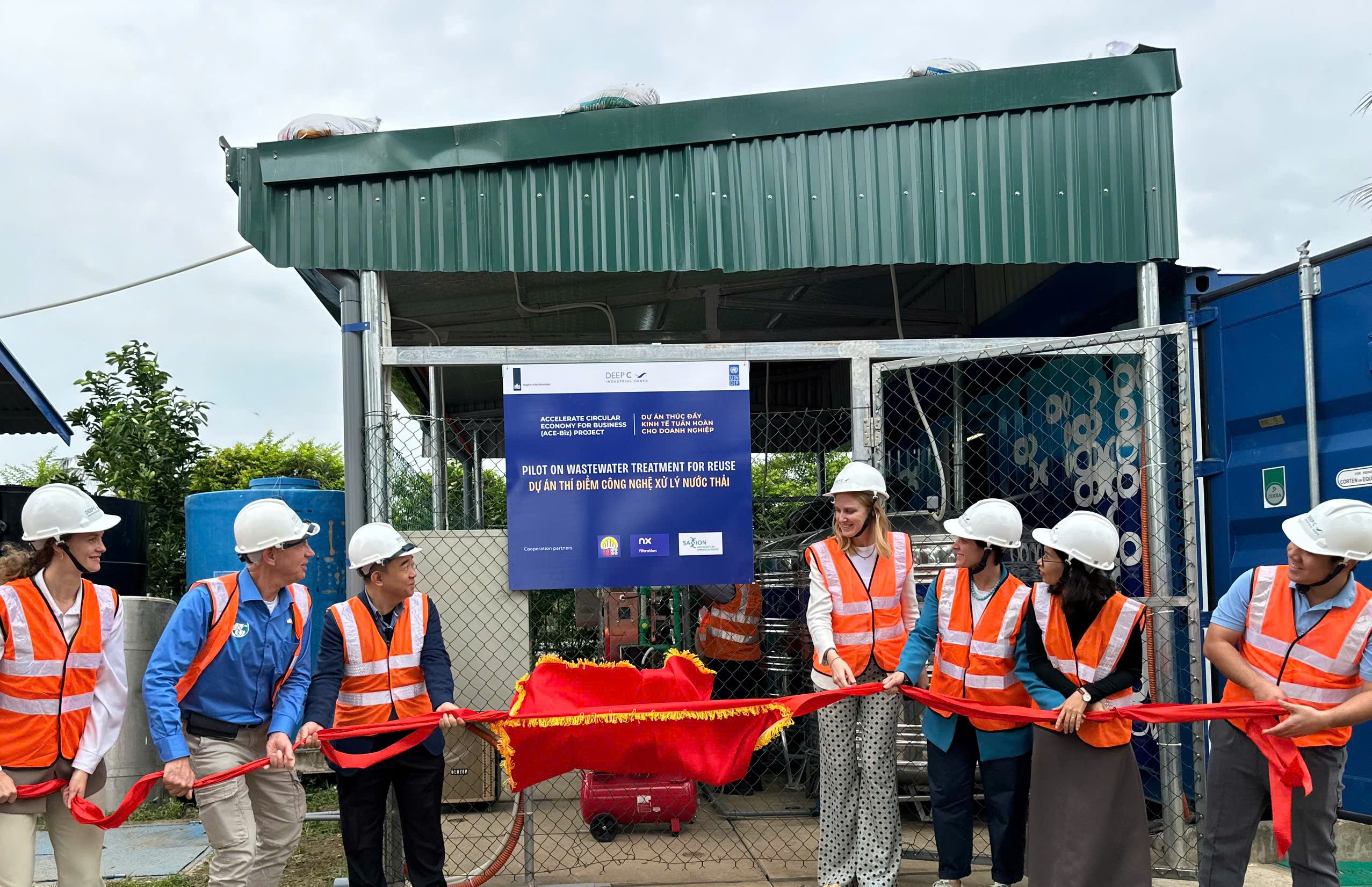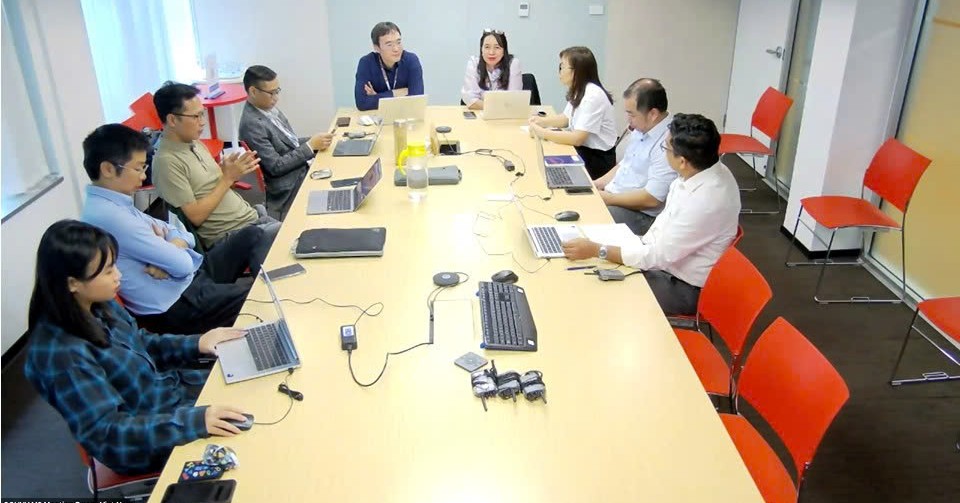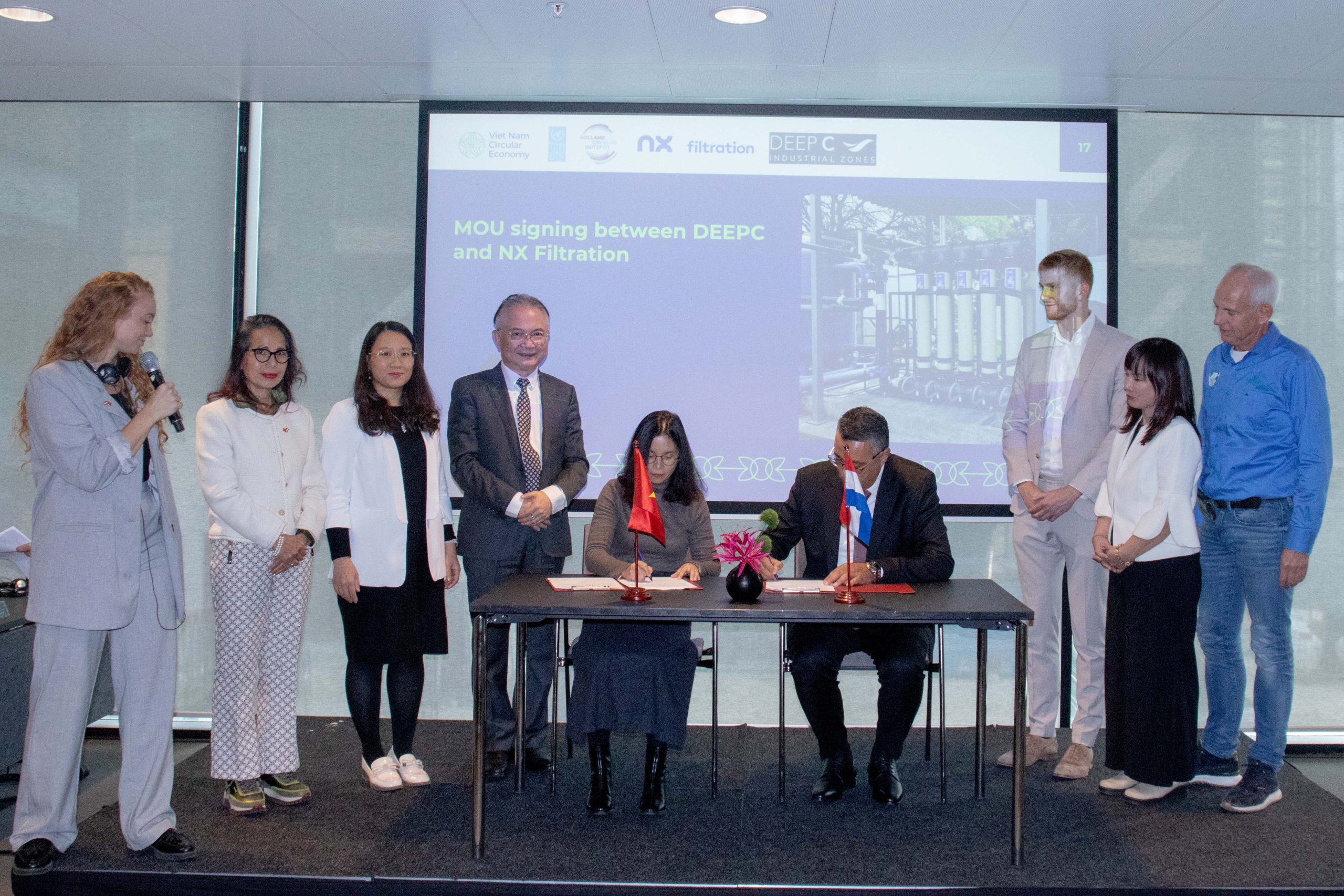MULTI-VALUE INTEGRATED AGRICULTURE
Minister Le Minh Hoan said that currently, the Ministry of Agriculture and Rural Development is developing a draft Strategy for Agriculture and Rural Development for the 2021-2030 period, with a vision to 2050, which is expected to be submitted to the Government in the fourth quarter of 2021.

In recent years, the process of restructuring Vietnam’s agriculture has achieved very positive achievements. However, in order for the agricultural sector to truly become a national image and ensure sustainable development in the future, we must have different approaches.
Citing results from a research project on rice farming in Dong Thap, Minister Le Minh Hoan emphasized that Vietnam’s food production not only causes greenhouse gas emissions but also has high production costs.
This is a great challenge for the change of thinking and action of the Vietnamese people. Because for a long time, people often use the word “addiction to using pesticides” in agricultural farming in Vietnam. It is also a problem that international organizations are very interested in solving, thereby building responsible agriculture.
Minister Le Minh Hoan stated that the agricultural sector must be considered as an economic sector closely linked with cultural and social factors and the trend of sustainable development as well as global thinking. The agricultural economy includes both the knowledge economy and the future economy.
To do this, the Minister emphasized that the agricultural industry must follow the trend of circular economy, thereby making use of agricultural waste and by-products, creating more jobs in the countryside through creativity and development. new products. This is a testament to the implementation of the commitment of the Government of Vietnam to the world for sustainable development based on three pillars: Economy – Society – Environment.
According to Minister Le Minh Hoan, the next stage of restructuring the agricultural industry is not only to expand this industry or narrow the other, but to integrate values that bring both local and global values; move from a single-sector development mindset to a multi-disciplinary, multi-value integrated approach.
Another approach that the agricultural sector is aiming for is to switch from high-yield agriculture to high-tech agriculture, ensuring transparency and sustainable development; moving from supply chain to link chain, integrating knowledge content and solving internal problems of the industry.
DETERMINATION OF GROWTH RESOURCES FOR AGRICULTURE
Mr. Okabe Daisuke – Ambassador of the Japanese Embassy in Vietnam shared that the orientation of sustainable agriculture, responsible agriculture and green transformation is similar to Japan’s food development strategy. Japan and Vietnam have had cooperation programs in the agricultural industry, and have also had active activities to promote the application of new and advanced technologies, and develop Vietnamese agricultural human resources.
Mr. Robert Hanson, Agricultural Counselor of the US Embassy in Vietnam, said that over the past time, the US Department of Agriculture (USDA) has coordinated with Vietnamese agencies, departments and sectors to support related issues to the development of production infrastructure, application of new technologies, smart farming solutions; cooperate in the development of veterinary drugs, aquatic products and support the development of legal documents. The cooperation in the future will continue to be further developed.
Ms. Dina Umali Deininger, Director of Agriculture for East Asia and Pacific Region of the World Bank (WB), said that although the value of Vietnam’s agricultural exports has continuously grown over the years and Currently reaching about 42 billion USD/year, but now the contribution to growth is decreasing because farmers use a lot of fertilizers and pesticides in agriculture.
“Many provinces of the Mekong Delta are facing problems such as water and air pollution, salinization, biodiversity loss and land degradation… So what must we do to make Vietnam a good environment and agrarian transformation reaps better results?” asked Ms. Dina Umali Deininger.
With production models applying green technology, Vietnamese products will also have the opportunity to increase their value. “We identify the resources to promote the rapid growth of Vietnam’s agricultural sector as: technology, digital transformation, improving water use efficiency, product branding, and repositioning agricultural values in regional and international markets”, emphasized Ms. Dina Umali Deininger.
Author: Chuong Phuong.





